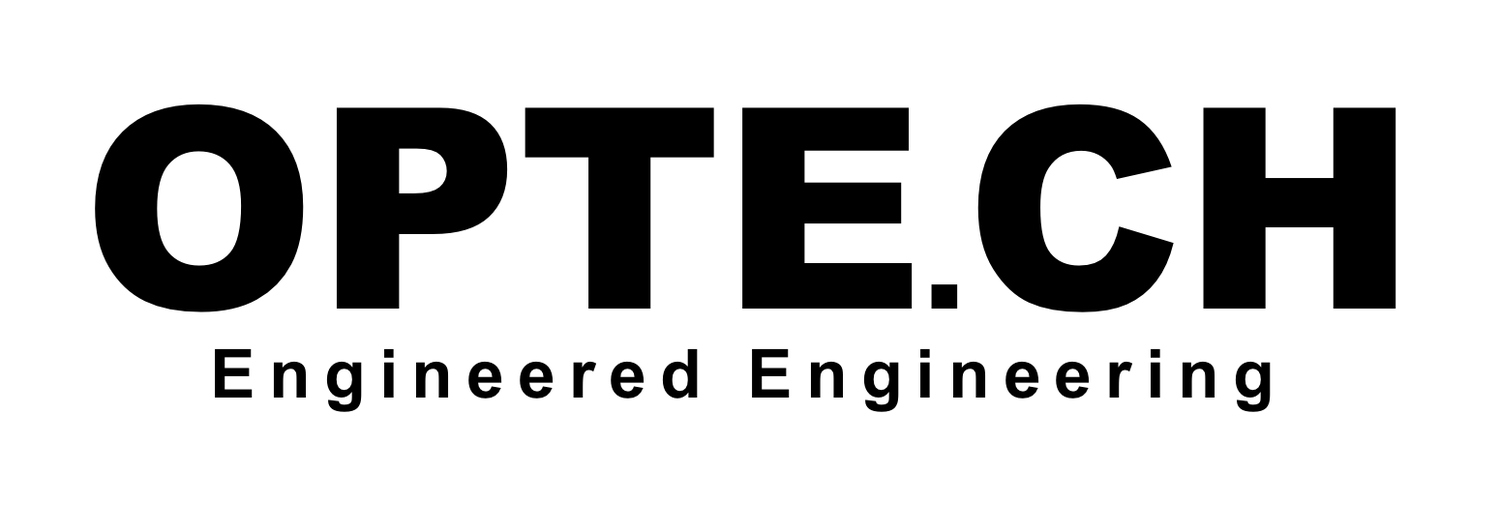The Internet of Things (IoT) is the fascinating and (potentially) fast-approaching addition of Internet connectivity to just about everything. From your blinds opening for you as you get out of bed to your fridge telling you you're low on milk. The Nest thermostat is one of the first highly successful IoT devices and it has shown how great the potential is in this space.
So what's the trouble?
In short: data and money, but let's break that down.
Data
The beauty of the IoT movement is that devices become intelligent. They learn patterns, they know where you are, then know when you're likely to be somewhere or do something. Simply put, they know you. They learn, adapt, adjust, and fine tune themselves to maximize your utility from them. All of this requires data analysis, pattern recognition, and storing said data. Furthermore, as smaller devices get connected and the analysis gets more computationally complex, the more we'll see the processing offloaded to the cloud.
If the processing is in the cloud, the data is in the cloud. There's no avoiding it. That means your location patterns, your arrival and departure times from home/work/activities, your grocery lists (do you want a big pharma company knowing your exact diet to target ads for a new cholesterol medication?), your sleep patterns, your hygiene patterns, everything about you is captured as data. The products are infinitely less valuable without this data, yet the realization of just transferring it over the internet to a large company is unnerving to potential users.
There is an opportunity here, of course. What if you had a central hub within the home capable of the processing one might need? No data needs to go offsite, it could all be local and secure, and it has the added benefit of working when the internet is out.
There are a few problems with this though (not to say they can't be tackled). The two biggest are a lack of standardization and cost. Without standardization, your "hub" will only work for the products from that one brand (or a limited group of partnered brands). Multiple hubs would increase price, so that doesn't seem like a good option, but if we desire standardization who drives that? It sounds like IIC could be the solution to that, so stay tuned for updates from them.
That brings us to the next point.
Money
In the age of the Internet we've all gotten used to getting things for "free." Sure, nothing is actually free, but the psychology of it is such that most people basically consider it free. There is no question that people are willing to pay for products and services that add value to their lives, premium versions of Evernote, Dropbox, Spotify, and many others are all great examples of that.
Each of these examples provides a free tier though. The sample of their service, in many cases a very generous sample, is so generous that many users will never upgrade to a paid tier. The nature of the IoT is that the value-add over time increases, and it increases after you've purchased and are using the products. I don't know if a "60 day in home trial" will be the solution, but somehow there will have to be a very clear way of showing users that these products add value to their lives to warrant the monetary (and perhaps privacy) costs. Early adopters and tech writers won't be able to sway the masses easily.
Without a very clear understanding for the value that could be added and a longing for that value, it will be a hard sell for newcomers to spend several hundred dollars on a hub plus any number of add-ons to connect the appliances, products, and rooms of their choice. There is a very high barrier to entry if the added value isn't obvious.
So how do you get over this hurdle? Well the most obvious is free hardware with service tiers - free to start, free features plus paid features, free under a certain usage level, who knows? As mentioned before though, nothing is actually free. There is no way a company will give away hardware if they're not getting the data. And if they're getting the data, you can count on them monetizing it if they have costs to recoup from the hardware. This problem circles back to the data section above and will be a challenge to solve.
Closing Thoughts
It seems likely we'll see both solutions. A "free" option for those who want free and a paid option for those who want privacy and are willing to pay for it. With any luck the IIC standardization will allow those two types of products to communicate with one another, but who knows.
There are plenty of arguments that we don't really need any of this, and it is true that some of the IoT applications are a little bit far fetched. Yet if there is substantial added value from connecting something to the internet, and I believe in many cases there is, then this revolution will happen whether or not everyone is on board. There is just the <sarcasm> small matter </sarcasm> of the user's privacy and their money.
